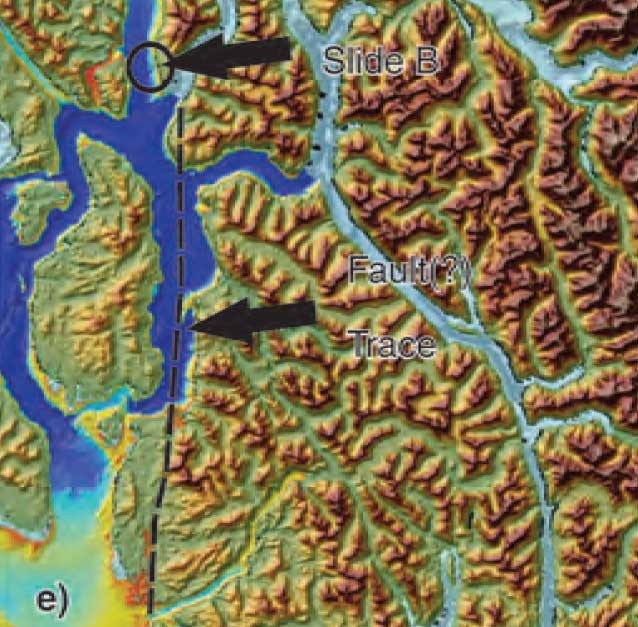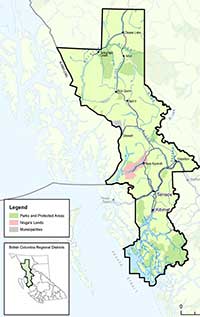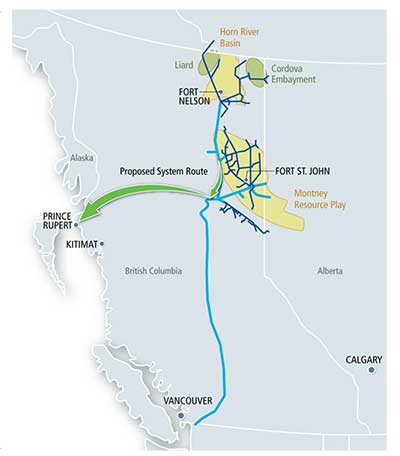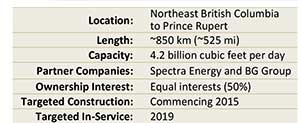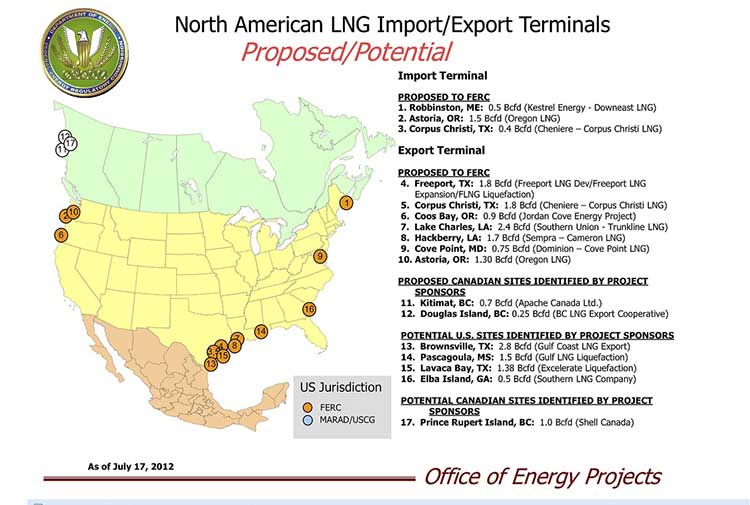The 911 system failed during the 2010 Marshall, Michigan, Enbridge pipeline breach, according to the full report in the incident released by the US National Transportation Safety Board.
The NTSB report says the 911 operators in Michigan dismissed eight calls reporting gas or petroleum odours over a period of 14 hours between the initial report of a bad odour and the actual discovery of diluted bitumen polluting Talmadge Creek.
The report also says the local firefighters were unfamiliar at that point with potential problems from a bitumen pipeline as opposed to a leak of a consumer natural gas pipeline.
Although the NTSB report puts most of the onus on an inadequate Enbridge “Public Awareness Program” (PAP) which failed to familiarize first responders to potential problems, the report raises questions whether British Columbia, especially the north, is properly prepared for all the energy development that is occurring. Whether or not the Enbridge Northern Gateway project proceeds, there are three active and possibly as many as three or four planned liquified natural gas projects for the northwest, ongoing exploration and production in the northeast and the proposed Kinder Morgan expansion in the lower mainland.
The NTSB says that Sunday, July 25, 2010, at 5:58 pm. EDT, a segment of a 30 inch (7.62 cm) diameter pipeline (Line 6B) operated by Enbridge ruptured in a wetland in Marshall, Michigan. The rupture occurred during the last stages of a pipeline shutdown planned by Enbridge. The leak was not discovered or addressed for over 17 hours, largely due to problems in the Enbridge control room in Edmonton.
During the time lapse, the NTSB says, Enbridge twice pumped additional oil (81 percent of the total release) into Line 6B during two pipeline start ups; the total release was estimated to be 843,444 gallons or 3.192 million litres of crude oil. The oil saturated the surrounding wetlands and flowed into the Talmadge Creek and the Kalamazoo River.
According to the NTSB time line, at 8:56 pm., Michigan Gas Utilities dispatched a senior service technician after residents reported a natural gas odour. At 9:25 pm. on July 25, a local resident called the Calhoun County 911 dispatch:
I was just at the airport in Marshall and drove south on Old 27 [17 Mile Road]
and drove back north again and there’s a very, very, very strong odour, either
natural gas or maybe crude oil or something, and because the wind’s coming out
of the north, you can smell it all the way up to the tanks, right across from where
the airport’s at, and then you can’t smell it anymore.
By 9:32 pm., the Marshall City Fire Department had been dispatched in response to the 9:25 pm. call to 911. The 911 dispatcher told the responders there was a report of a bad smell of natural gas near the airport. The responding firefighters were also dispatched. The firefighters checked pipelines and industrial building near the airport. “using a combustible gas indicator” to try to locate the origin of the odour, but did not detect anything.
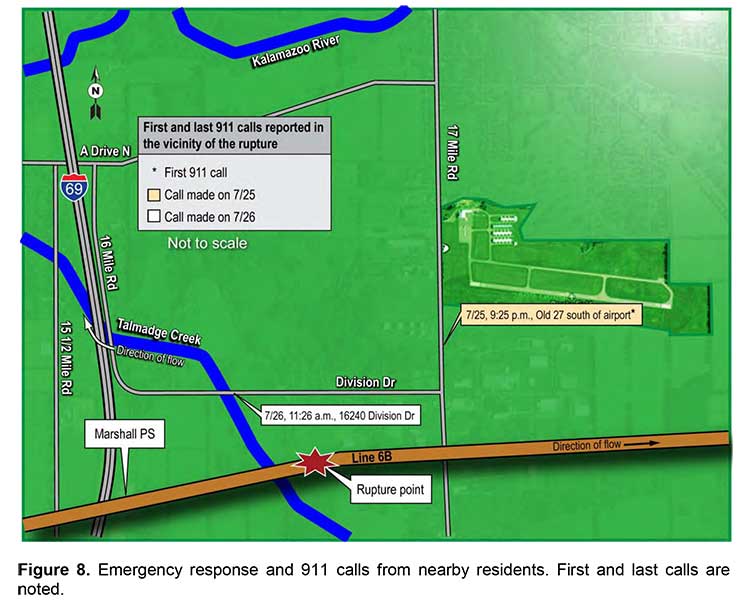
The NTSB says the service technician from Michigan Gas Utilities “crossed paths with some of the fire department personnel” but found no evidence of a gas leak.
The fire department personnel departed the scene at 10:54 pm. to return to the station.
The NTSB report says: “ a combustible gas indicator measures percentage of the lower explosive limit, it likely would not detect the oil unless it was very close to the source.”
At 11:33 pm, the area’s 911 system received the first of the seven additional calls when an employee at a business called to report a natural gas odour.
The 911 dispatcher told the caller that the fire department had already responded
to calls in the area, and no more personnel were dispatched.
A map of the incident response by the NTSB shows that the area near the airport where the firefighters responded was actually some distance from the pipeline rupture.
Over the next 14 hours, the NTSB says, 911 received seven more calls reporting strong natural gas or petroleum odours in the same vicinity. “The 911 dispatcher repeatedly informed the callers that the fire department had been dispatched to investigate the reported odours.”
Enbridge had been working on restarting the pipeline all night. In Edmonton, at 10:16 am, the Enbridge control room spoke to the regional manager based in Chicago to send someone to
walk along the pipeline, upstream and downstream of the Marshall pumping station.
According to the NTSB, the Chicago regional manager replied, “I wouldn’t think so. If it’s right at Marshall—you know, it seems like there’s something else going wrong either with the computer or with the instrumentation. …you lost column and things go haywire, right?” He went on to say, “…I’m not convinced. We haven’t had any phone calls. I mean it’s perfect weather out here—if it’s a rupture someone’s going to notice that, you know and smell it.” The Chicago regional manager told shift lead C1 that he was okay with the control centre starting Line 6B again.
At 11:17 am, a caller from a second gas utility, Consumers Energy, called the Enbridge emergency line telling the control room: “I work for Consumers Energy[30] and I’m in Marshall. There’s oil getting into the creek and I believe it’s from your pipeline. I mean there’s a lot. We’re getting like 20 gas leak calls and everything.”
At 11:18 am Enbridge closed the remote valves sealing off the rupture site within a 2.95-mile section. By 11:20 am., the shift lead had called the Chicago regional manager to tell him about the notification. By 11:37 am., another Consumers Energy employee notified 911 about the crude oil leak in a creek near Division Drive.
The Fredonia Township Fire Department was dispatched by the 911 centre shortly after the call. At 11:41 am., the Edmonton control centre received confirmation from an Enbridge crossing coordinator located at the Marshall pipeline maintenance shop confirming the oil on the ground.
The NTSB says:
The 911 operators repeatedly informed the callers that the fire department had been dispatched to investigate the issue, but the 911 operators did not contact the pipeline operator or advise the public of health and safety risks. The 911 operators never dispatched the fire department in response to the subsequent calls even though these calls occurred over several hours, indicating an ongoing problem. The actions of both the first responders and the 911 operators are consistent with a phenomenon known as confirmation bias,128 in which decision makers search for evidence consistent with their theories or decisions, while discounting contradictory evidence. Although there was evidence available to the first responders that something other than natural gas was causing noticeable odours in the Marshall area, they discounted that evidence, largely because it contradicted their own findings of no natural gas in the area. Similarly, the 911 operators, with the evidence from the first responders of no natural gas in the area, discounted subsequent calls regarding the strong odours in the Marshall area. Those calls were inconsistent with their own views that the problem causing the odours was either nonexistent or had been resolved.
The NTSB report then says:
Although Enbridge had provided training to emergency responders in the Marshall area in February 2010, the firefighters’ actions showed a lack of awareness of the nearby crude oil pipeline: they did not search along the Line 6B right-of-way, and they did not call Enbridge. The NTSB concludes that had the firefighters discovered the ruptured segment of Line 6B and called Enbridge, the two start ups of the pipeline might not have occurred and the additional volume might not have been pumped.
The NTSB reviewed Enbridge’s PAP, which was intended to inform the affected public,
emergency officials, and public officials about pipelines and facilitate their ability to recognize
and respond to a pipeline rupture.
The report says:
Although RP 1162 requires operators to communicate with audiences every 1 to 3 years, Enbridge mailed its public awareness materials to all audiences annually. However, even with more frequent mailings, this accident showed that emergency officials and the public lacked actionable knowledge.
The NTSB goes on to say:
Public knowledge of pipeline locations and the hazards associated with the materials
transported is critical for successful recognition and reporting of releases, as well as the safe response to pipeline ruptures. The transportation of hazardous materials by pipeline is unlike hazardous materials transportation by railroad or highway because a pipeline is a permanent fixture. A pipeline presents a unique challenge to awareness because it is often buried. When pipeline releases occur, a properly educated public can be the first to recognize and report the emergency.
A survey quoted by the NTSB says that of those who responded in the United States. only 23 percent of the affected public and 47 percent of emergency officials responded that they were “very well informed” about pipelines in their community.
The NTSB says Enbridge failed to properly conduct and monitor its public awareness program and management’s “review of its PAP was ineffective in identifying and correcting deficiencies. The NTSB further concludes that had Enbridge operated an effective PAP, local emergency response agencies would have been better prepared to respond to early indications of the rupture and may have been able to locate the crude oil and notify Enbridge before control centre staff tried to start the line.”
In May 2011, Enbridge revised its public awareness plan and created a public awareness
committee, but just months later, in July 2011, the US Pipeline and Hazardous Materials Safety Administration conducted an audit of Enbridge’s plans and identified several
deficiencies in the company’s program evaluation and effectiveness reviews and required that
Enbridge correct the deficiencies.
Overall, the report says:
Although Enbridge and PHMSA have taken these actions, the NTSB is concerned that
pipeline operators do not provide emergency officials with specific information about their pipeline systems. The brochures that Enbridge mailed did not identify its pipeline’s location. Instead, the brochures directed the audiences to pipeline markers and to PHMSA’s National Pipeline Mapping System. In the NTSB’s 2011 report of the natural gas transmission pipeline rupture and fire in San Bruno, California, the NTSB made the following safety recommendation to PHMSA:Require operators of natural gas transmission and distribution pipelines and
hazardous liquid pipelines to provide system-specific information about their
pipeline systems to the emergency response agencies of the communities and
jurisdictions in which those pipelines are located. This information should include
pipe diameter, operating pressure, product transported, and potential impact
radius.
The report concludes:
The NTSB recommends that the International Association of Fire Chiefs and the National Emergency Number Association inform their members about the circumstances of the Marshall, Michigan, pipeline accident and urge their members to aggressively and diligently gather from pipeline operators system-specific information about the pipeline systems in their communities and jurisdictions.
In Canada, the National Energy Board, which is responsible for overseeing pipeline operations did inspect the Enbridge control room after the NTSB report.
The NEB, of course, has nothing to do with the 911 system.
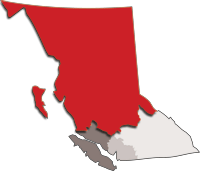
One question for northern British Columbia is how prepared is the 911 system to handle a major pipeline incident now or in the future. For police and fire, the RCMP communications system must cover all of “North District” from Prince George. (The RCMP did not return a phone call requesting information on 911 training and procedures)
For BC Ambulance the dispatch centre is in Kamloops.
Fire departments in northwest British Columbia, so far, have had minimal training in potential pipeline problems, like the fire department in Michigan, enough to detect and deal with consumer and local industrial natural gas systems. It’s clear that the province of British Columbia, if it is going to promote liquified natural gas as a foundation of a new provincial economy, it must plan and budget for a major upgrade to the 911 system, with a new police, fire and ambulance dispatch centre.
